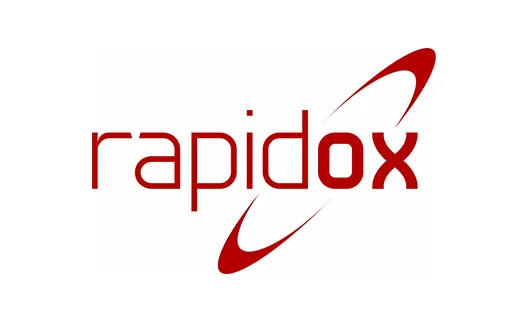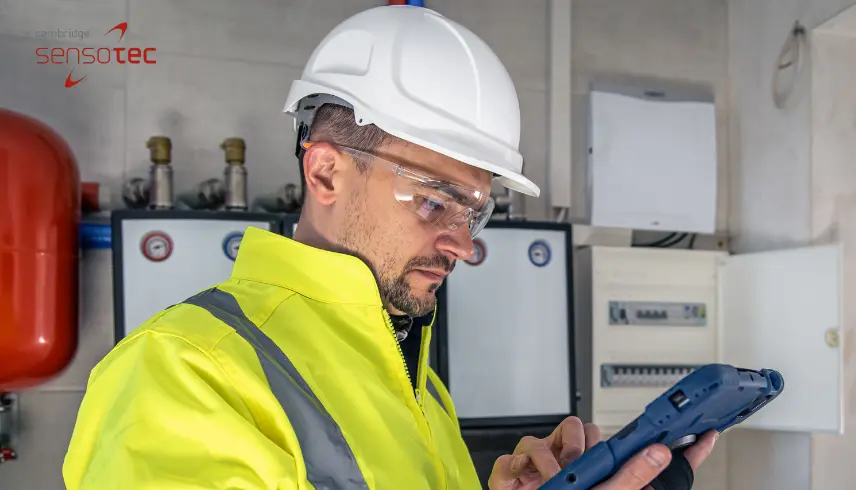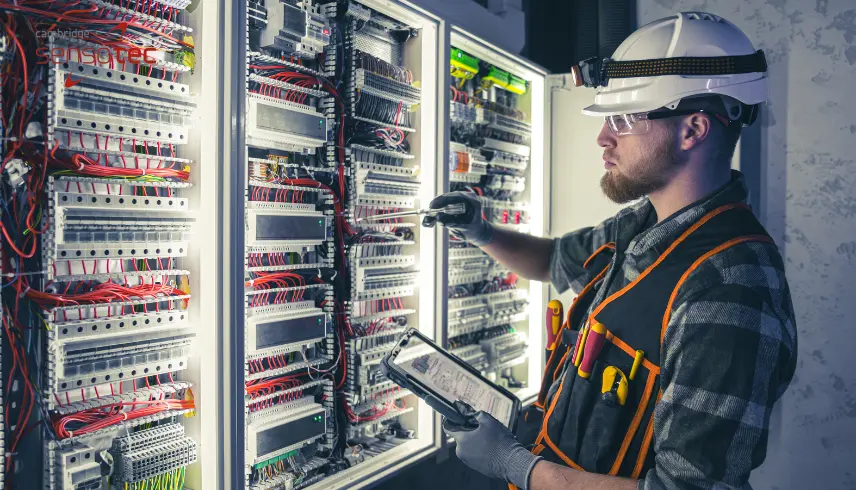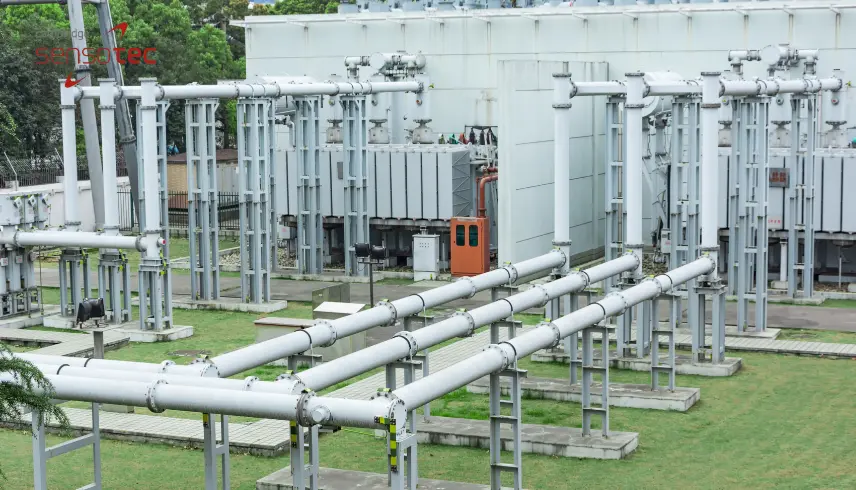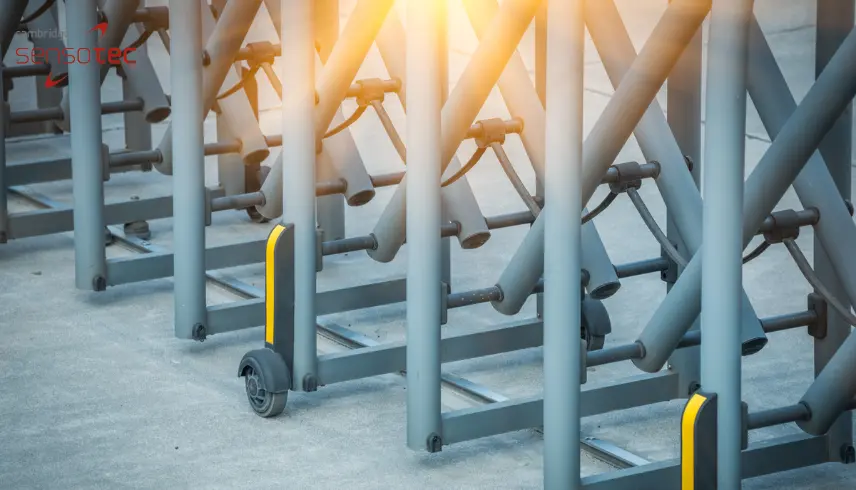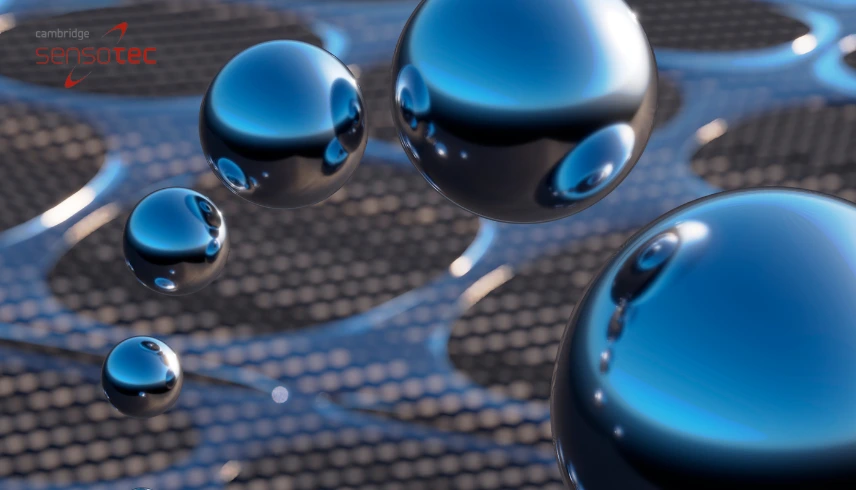
Introduction
Sulphur hexafluoride (SF6) is a man-made gas widely used in the electrical power industry for its exceptional insulating properties. Found in switchgear, circuit breakers, and gas-insulated substations (GIS), it allows compact designs and high reliability. However, the environmental consequences of SF6 usage have placed it under increasing scrutiny.
With mounting pressure to reduce carbon emissions and meet sustainability targets, the industry is urgently seeking viable SF6 alternatives. These substitutes must match or exceed SF6’s technical performance while offering significantly reduced environmental impact.
This article provides a comprehensive SF6 alternative comparison, focusing on leading substitutes and positioning DryAir as a standout option. By evaluating environmental, technical, and economic factors, readers will gain insight into the best path forward.
The Problems with SF6
SF6 has a global warming potential (GWP) 23,500 times greater than CO2 over a 100-year period. It remains in the atmosphere for over 3,000 years, making any release highly consequential. Governments worldwide, especially in Europe, are implementing strict regulations. The EU’s F-gas Regulation is accelerating the phase-out of high-GWP gases like SF6.
SF6 is non-toxic but can displace oxygen in enclosed spaces, posing suffocation risks. Handling and leak detection require specialised equipment and training. Beyond environmental costs, SF6 systems demand rigorous maintenance and leak monitoring, contributing to higher operational expenses.
Evaluating SF6 Alternatives
To compare alternatives effectively, we must consider several key factors. First, the environmental performance: an ideal substitute will have a low or zero GWP and minimal life cycle emissions. Second, the alternative must maintain high dielectric strength and reliable insulation properties suitable for medium and high voltage applications.
Safety is another critical criterion. Alternatives should be non-toxic, stable under electrical stress, and safe to handle. Additionally, cost and availability are vital for scalability. Finally, compatibility with existing infrastructure determines how easily utilities can transition.
Leading Alternatives to SF6
DryAir is a synthetic air mixture containing no fluorinated gases. It boasts excellent insulation properties, zero GWP, and aligns well with sustainability goals.
Fluoronitrile-based gases such as g³ by GE Grid include C4-FN gases blended with CO2. These significantly reduce GWP compared to SF6, but still contain fluorinated compounds.
Fluoroketone blends like AirPlus by Hitachi ABB use Novec 5110 to achieve low emissions but require specific handling protocols.
Vacuum interruption technologies are common in medium-voltage systems and rely on vacuum insulation. While mature, they are less scalable for high-voltage needs.
CO2-based solutions offer moderate insulation properties but require larger equipment, limiting their suitability in space-constrained applications.
Comparative Insights
In terms of GWP, SF6 ranks highest at 23,500. DryAir scores a perfect zero, fluoronitrile gases range from 300 to 500, fluoroketones are below 1, and CO2 has a GWP of 1. Life cycle assessments favour DryAir, as it produces no harmful by-products and has low production emissions.
DryAir performs well in both medium and high voltage systems. It can be retrofitted into existing GIS equipment with minimal adaptation, offering a smoother transition than some other alternatives that require full redesigns.
While upfront costs may vary, DryAir provides long-term savings through reduced maintenance, no need for specialised leak detection, and simplified logistics. Industry adoption is growing, particularly in Europe and Asia, where utilities report reliable performance and easy integration.
Why DryAir is the Leading SF6 Alternative
DryAir stands out with its zero-emission profile and excellent insulation capabilities. Comprising nitrogen and oxygen, it has no impact on global warming or ozone depletion. Real-world deployments across Germany, Japan, and beyond have proven its reliability and performance.
Its ease of retrofitting and integration into existing infrastructure reduces project complexity and cost. Economically, DryAir eliminates the need for compliance measures tied to fluorinated gases, lowering operational risk and increasing safety.
Industry Experiences and Feedback
European DSOs using DryAir systems report smooth operations, fewer environmental audits, and positive community perception. Manufacturers commend DryAir for its thermal performance and compatibility. Long-term data from systems in operation for over five years shows minimal degradation and low maintenance demands.
Challenges and Considerations
Initial investment in DryAir technology can be higher, but savings from maintenance and regulatory compliance often balance these costs within a few years. While DryAir complies with EU and IEC standards, some regions may face delays in certification processes.
Training is another consideration. Although minimal, operators must become familiar with new protocols. In some cases, minor infrastructure upgrades are necessary, such as updates to sensors and control systems.
Looking Ahead & Adoption of SF6 Alternatives
Innovation in the field continues, with research into bio-based gases and plasma technologies. However, DryAir remains the most commercially viable and scalable solution today.
Regulatory trends, carbon taxation, and corporate ESG mandates are all accelerating the push for sustainable technologies. DryAir’s profile positions it as a key player in supporting a low-carbon, future-ready grid.
Summary
SF6 may have served the industry well, but its environmental toll is no longer acceptable. Among the available alternatives, DryAir emerges as the most balanced and forward-thinking choice. It combines zero emissions, strong performance, and ease of integration.
For utilities, manufacturers, and policymakers, now is the time to invest in sustainable innovation. By adopting DryAir, we can future-proof the grid and meet environmental goals without compromising reliability or safety.
Speak to Us About Gas Analyser Solutions
If you’re considering transitioning to DryAir or another SF6 alternative, having the right gas analyser technology is essential for accurate monitoring and diagnostics. At Lead Genera, we offer advanced gas analyser solutions tailored to your operational needs.
Our experts can help you choose, implement, and maintain the best analyser systems to support your transition while meeting regulatory standards and performance goals.
Get in touch with us today to discuss how we can support your move toward a cleaner, more efficient electrical infrastructure.
